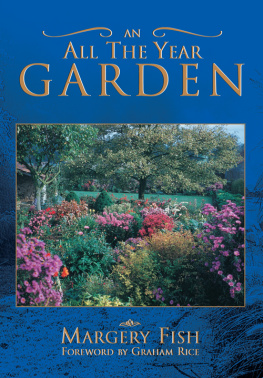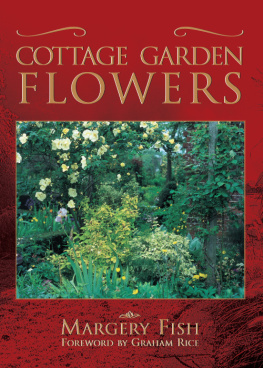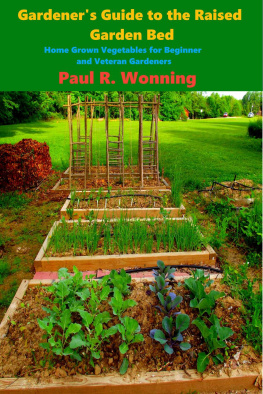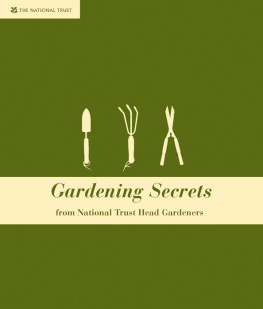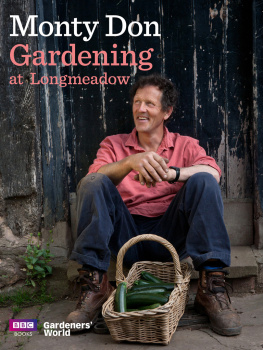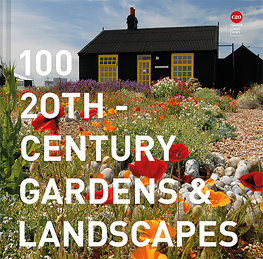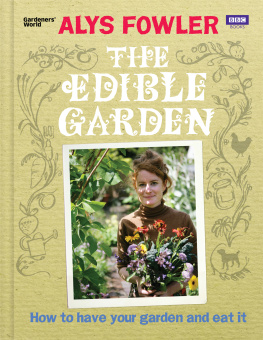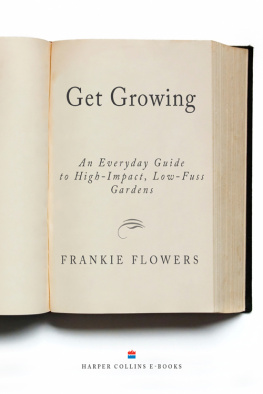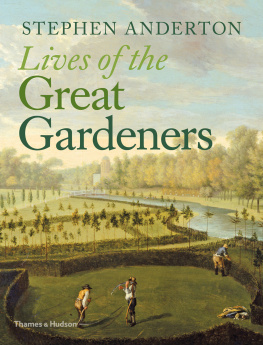Margery Fish - An All The Year Garden
Here you can read online Margery Fish - An All The Year Garden full text of the book (entire story) in english for free. Download pdf and epub, get meaning, cover and reviews about this ebook. year: 2013, publisher: Pavilion Books, genre: Detective and thriller. Description of the work, (preface) as well as reviews are available. Best literature library LitArk.com created for fans of good reading and offers a wide selection of genres:
Romance novel
Science fiction
Adventure
Detective
Science
History
Home and family
Prose
Art
Politics
Computer
Non-fiction
Religion
Business
Children
Humor
Choose a favorite category and find really read worthwhile books. Enjoy immersion in the world of imagination, feel the emotions of the characters or learn something new for yourself, make an fascinating discovery.
- Book:An All The Year Garden
- Author:
- Publisher:Pavilion Books
- Genre:
- Year:2013
- Rating:4 / 5
- Favourites:Add to favourites
- Your mark:
An All The Year Garden: summary, description and annotation
We offer to read an annotation, description, summary or preface (depends on what the author of the book "An All The Year Garden" wrote himself). If you haven't found the necessary information about the book — write in the comments, we will try to find it.
The garden to strive for is one that has no off-moments but is interesting and attractive whatever the time of year. So says Margery Fish in her introduction to the original edition of this book. In the 21st century this may seem like stating the obvious but in 1958 it was a more surprising notion. The strength of this book is that it proves the point. Starting as a gardening journalist then gaining a reputation as a lecturer, Margery caught the attention of more gardeners, and made a more lasting impact, with her first book, We Made a Garden. Having completed the tribute to her late husband, in this, her second book, she set out in detail how to achieve her aim of a garden that looks good all the year round. This is a confident Margery Fish, making her own garden in her own way and writing about it with natural enthusiasm to help gardeners break away from the traditional idea of empty and desolate gardens in winter. In particular she focuses on the plants themselves, highlighting those that can be relied upon to flower in winter, on evergreen foliage plants that fill the garden with long-term interest, and on plants with unusually long seasons of colour. Recognising that the period from autumn through to the bulbs of spring is the most difficult time for most gardeners planning an all-the-year garden, Margery highlights hellebores and hardy cyclamen, plants which in the 1950s were not considered particularly significant. Through her persuasive prose, based as ever on her own experiences at East Lambrook Manor, she raises them to the first rank. She also stirred interest in heathers as winter flowers, in peat gardening, and her infectious delight in collecting plants, like hellebores and the old hose- in-hose primroses, still delights us. And all the while, her own appreciation of the way her plants grew and her understanding of how to encourage them to give their best adds fundamental horticultural wisdom to her natural enthusiasm for the plants themselves. This is a book that changed the way we garden.
Margery Fish: author's other books
Who wrote An All The Year Garden? Find out the surname, the name of the author of the book and a list of all author's works by series.

